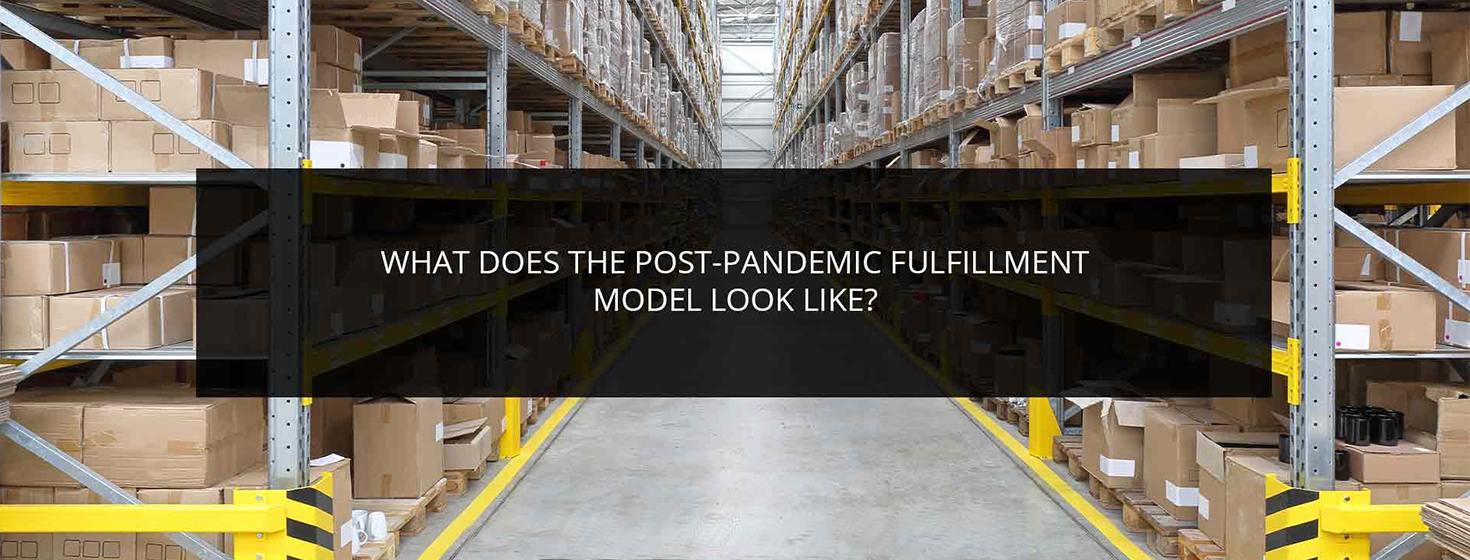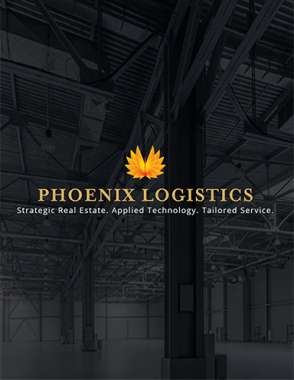4 Best Practices for Online Order Fulfillment In 2023

With all the changes in retail and logistics, supply chain professionals find themselves asking the following question: what should my fulfillment model look like in 2023?
What Does the Post-Pandemic Fulfillment Model Look Like?
Online order fulfillment used to rely on Just-in-Time (JIT) inventory practices, wherein predictive software leveraged historical trends and sales data to identify optimal restocking times.
This method allowed online retailers to avoid overpaying for warehouse storage. The COVID-19 pandemic exposed a major flaw in JIT inventory philosophies as e-commerce sellers quickly ran out of inventory in the face of massive disruption to their resupply channels.
This emergency caused a shift in the other direction, with retailers stocking their warehouses to bursting with safety stock to ride out any potential supply chain woes.
But what about now? Many COVID-19 restrictions have mostly lifted, bringing some vague sense of normalcy back to the supply chain.
At the same time, online shoppers have begun pinching pennies. Consumer demand has slowed in the face of record inflation as the global economy moves steadily toward a recession.
As a result, retailers found themselves unexpectedly purging safety stock to make room for holiday peak season inventory.
With all this change, retail and logistics professionals find themselves asking the following question: What should my fulfillment model look like in 2023?
4 Best Practices for Online Order Fulfillment In 2023
Just-in-Time doesn’t seem to work anymore, but Just-in-Case has its share of problems when paired with uncertain consumer demand. So, what should fulfillment centers do to meet customer demands without opening themselves to unnecessary risk? Here are some best practices that can help you ease into 2023’s next normal:
1. Optimize Labor with Technology
Fulfillment has long been a labor-intensive process, and the impulse for most long-time logistics professionals involves throwing more bodies at problems as they arise. For example, fulfillment centers hire dozens or hundreds of temporary warehouse workers to accommodate increased peak season order volumes each year. But this practice has become more challenging in recent years as the labor market continually tightens.
In 2023, fulfillment operations need to learn to enhance the capabilities of warehouse workers with better technology. Warehouses that rely heavily on manual processes will be way behind the curve, and even those that still rely on outdated technology and legacy systems will struggle. However, technologies like advanced warehouse management systems, voice picking, light picking, and robotics can help fulfillment houses do more with less labor.
2. Leave Room to Pivot
When it comes to inventory management in 2023, flexibility will be the name of the game. You won’t need the same safety stock levels that you carried in early 2021, but you also don’t want to incur the risks associated with your 2019 inventory replenishment strategies.
Finding a balance between those strategies will be key to successful fulfillment, but businesses will also need room to lean one way or the other as market conditions change. For example, ensure you have the physical space to shift toward a safety stock model. Similarly, benchmark your suppliers and determine which ones are reliable enough to allow you to lean up your carried inventory when market conditions are strong.
3. Focus on the Customer Experience
Consumers are fickle and will readily try another brand if you don’t provide the experience they seek. That experience extends beyond the website and the ordering process. Unfortunately, many retailers fail to recognize the essential connection between the fulfillment operation and the customer experience.
Many things can go wrong in fulfillment, caused by issues ranging from error-prone processes to unhappy employees. If the customer gets the wrong item, a broken item, or no item at all, they will most likely abandon your brand and encourage their friends to do the same. Therefore, your products must be handled and shipped with care to ensure you remain competitive with other e-commerce and omnichannel sellers.
4. Rely On Trusted Partnerships
Keeping up with best practices in a volatile supply chain can prove difficult for retailers, who must also focus on sales, marketing, product development, and much more. Partnering with a trusted third-party logistics (3PL) provider ensures that retailers and e-tailers can adapt quickly to changing environments and keep essential goods moving.
About Phoenix Logistics
Strategic Real Estate. Applied Technology. Tailored Service. Creativity. Flexibility. These fundamentals reflect everything we do at Phoenix Logistics. We provide specialized support in locating and attaining the correct logistics solutions for every client we serve. Most logistic competitors work to win 3PL contracts, and then attempt to secure the real estate to support it. As an affiliate of giant industrial real estate firm Phoenix Investors, founded by Frank P. Crivello, we can quickly secure real estate solutions across its portfolio or leverage its market and financial strength to quickly source and acquire real estate to meet our client’s needs.
More Content from Phoenix Logistics
Article Topics
Phoenix Logistics News & Resources
4 Best Practices for Online Order Fulfillment In 2023 Is Industrial Real Estate Recession-Proof? 9 Tips for Offsetting Rising Parcel Rates Tips for Retaining Your Peak Season Temp Labor The Great Decoupling and What It Means for Industrial Real Estate How Does the Inflation Reduction Act Impact Industrial Real Estate? Not in My Backyard: Warehouse Edition More Phoenix LogisticsLatest in Supply Chain
Let’s Spend Five Minutes Talking About ... Malaysia Baltimore Bridge Collapse: Impact on Freight Navigating TIm Cook Says Apple Plans to Increase Investments in Vietnam Amazon Logistics’ Growth Shakes Up Shipping Industry in 2023 Spotlight Startup: Cart.com is Reimagining Logistics Walmart and Swisslog Expand Partnership with New Texas Facility Nissan Channels Tesla With Its Latest Manufacturing Process More Supply Chain













